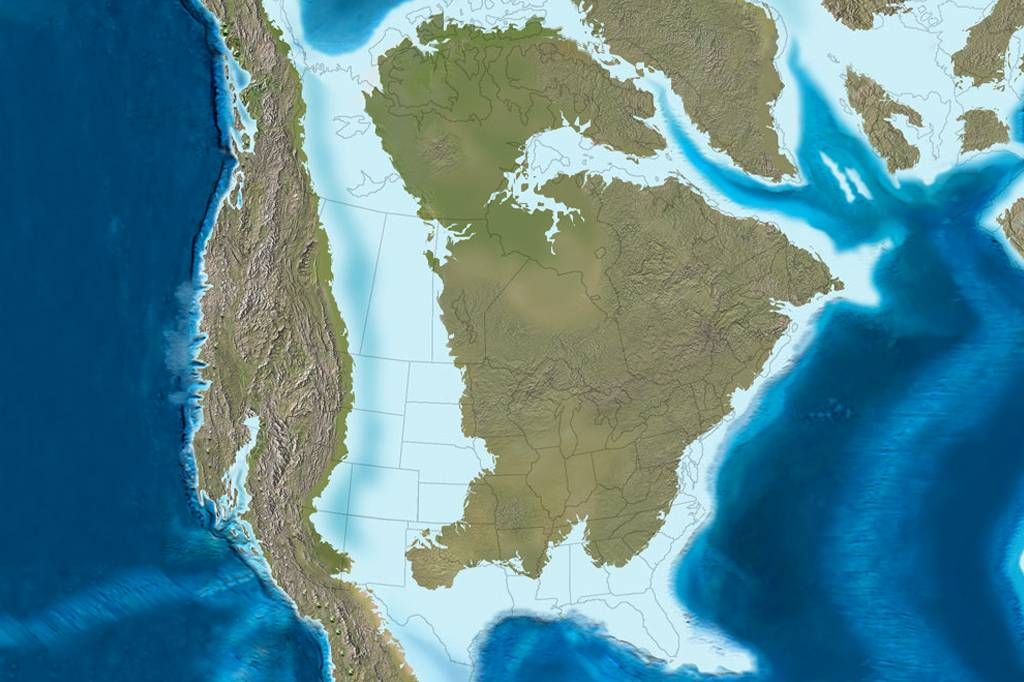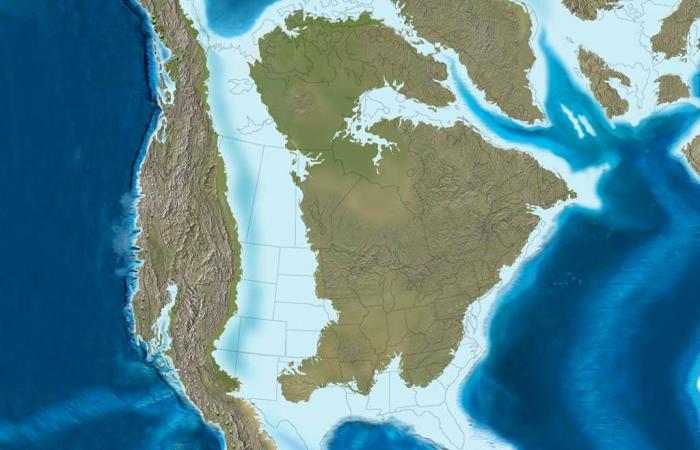If you have followed the news in the past few days, you know that the US elections end this Tuesday (11/3) – and that they are much more complicated than ours.
To begin with, there is not a single election day: more than 100 million Americans voted in advance in 2020. There, you can still vote by mail, which makes the counting more complex and time-consuming.
But another point, which causes even greater strangeness, is the fact that American elections are defined by indirect vote, through an electoral college composed of 538 delegates – the more populous a state, the more delegates it will have.
In this way, the citizens’ vote defines how many delegates each Democratic and Republican candidate will have. The problem is that this is not proportional, but a system known as “winner takes all”.
Example: suppose that in California, where there are 55 delegates, the vote is 51% for Democrats and 49% for Republicans. Despite the sharp result, all 55 votes would go to the Democratic candidate. You can understand better in this text from Mundo Estranho.
In the USA, there are traditionally republican and democratic states. There are also those where sometimes they vote for one, now for the other – and become central to the strategies of each party. In the tweet below, by journalist Latif Nasser, you can see how each state (subdivided by counties) voted in the last two presidential elections. In red, the counties in which the Republicans won; in blue, the Democrats:
On the maps, it is visible that Republicans dominate much of the central and southern states of the United States, such as Kansas, Oklahoma, Tennessee and Texas. Democrats, for their part, take advantage in California, Hawaii and the northeast of the country.
But did you notice anything curious in the American Southeast, near Florida? In the midst of a sea of republican red counties, there is a blue Democratic “belt” that spans the states of Arkansas, Louisiana, Mississippi, Alabama, Georgia, North and South Carolina. See:

The phenomenon is not exclusive to the 21st century – there have been records of this belt since the 1970s. But, after all, why does this happen? To understand this discrepancy, some argue that it is necessary to go back a few million years.
Continues after advertising
Submerged country
In the Cretaceous period, which happened between 115 and 65 million years ago, there was a large strip of sea in the current US territory, dividing it into two land masses: Laramidia, on the west side, and Appalachia, in the east. The southern part of the country was also underwater:

“Now, what does that have to do with?”, Someone may say. Let’s do it by steps.
At that time, there were millions and millions of plankton living suspended in the oceans – which, in other words, were hotter and higher than today. Little by little, these tiny beings died and accumulated on the bottom of the sea.
60 million years ago, the waters cooled – and the oceans went down. This left behind all that organic matter from the dead plankton, which by then had turned to limestone. Erosion, in turn, caused limestone to enter the land. Over time, the soil became fertile, rich in minerals and darker than normal. The region, then, was called “Black Belt” (“Black Belt”).
It cuts to the 19th century, when the USA, already independent from England, intensified the occupation of the southern region. After expelling indigenous people who lived there, the farmers installed large properties to plant cotton. Production took off – the importance of this cultivation for the region’s economy was so great that it also came to be known as “Cotton Belt” (from the English “Cotton Belt”).
Historical inheritance
Cotton production was done at the expense of slave labor by thousands of Africans and their descendants. This, in fact, helps to understand the Civil War in the USA (1861-1865), between the northern states, abolitionists, and those in the south, who wished to maintain the slavery regime.
With the end of the war, slavery was abolished – however, most African Americans who lived in the Black Belt remained there – either because they did not know where to go or because they did not have enough money to move.
As such, many families have settled in the region. Today, in the USA, blacks represent 13.4% of the country’s 328 million inhabitants. In Black Belt counties, they make up 50% (sometimes 85%) of the population.
That is why the blue belt exists: black votes almost always go to the Democratic Party. Since 1968, no Republican candidate has won more than 13% of that electorate. In the last election, 88% of the Black Belt voted for Democrat Hillary Clinton for the presidency.
The Democratic belt, however, does not appear in older elections, but since the 1970s. Reason: even with the abolition of 1865, blacks still faced several segregationist laws, especially in southern states, which lasted until the 1960s. And they made it difficult (in some cases prevented) them to vote.
This happened because, in the USA, states have the autonomy to define their electoral processes. Hence, it was worth everything: from creating voting rates to literacy tests, a barrier for poor people who did not have access to education. “Not to mention lynching scare tactics,”
Nasser, no Twitter.Even after enslaved people were freed post-Civil War, they still couldn’t vote. Authorities made it virtually impossible: poll taxes, literacy tests, even a pulley system that raised the ballot box out of reach of anyone not White. Not to mention intimidation and lynching. pic.twitter.com/YBGcFdweTN
— Latif Nasser (@latifnasser) November 2, 2020
Even election day is seen by many as a way to make voting difficult, as it happens during the week and there is no allowance for missing work. This can harm poorer blacks (and Latinos), who cannot afford to be absent. It is worth saying: this law is from 1845, pre-abolition.
As if that were not enough, blacks and Latinos are the ones who wait the most at the polling stations – which are becoming increasingly scarce. It is as the journalist Cecília Olliveira wrote, in a text in The Intercept Brasil: “You must really want to vote”.
Continues after advertising
These were the details of the news The relationship between a geological event and the outcome of the... for this day. We hope that we have succeeded by giving you the full details and information. To follow all our news, you can subscribe to the alerts system or to one of our different systems to provide you with all that is new.
It is also worth noting that the original news has been published and is available at time24.news and the editorial team at AlKhaleej Today has confirmed it and it has been modified, and it may have been completely transferred or quoted from it and you can read and follow this news from its main source.



